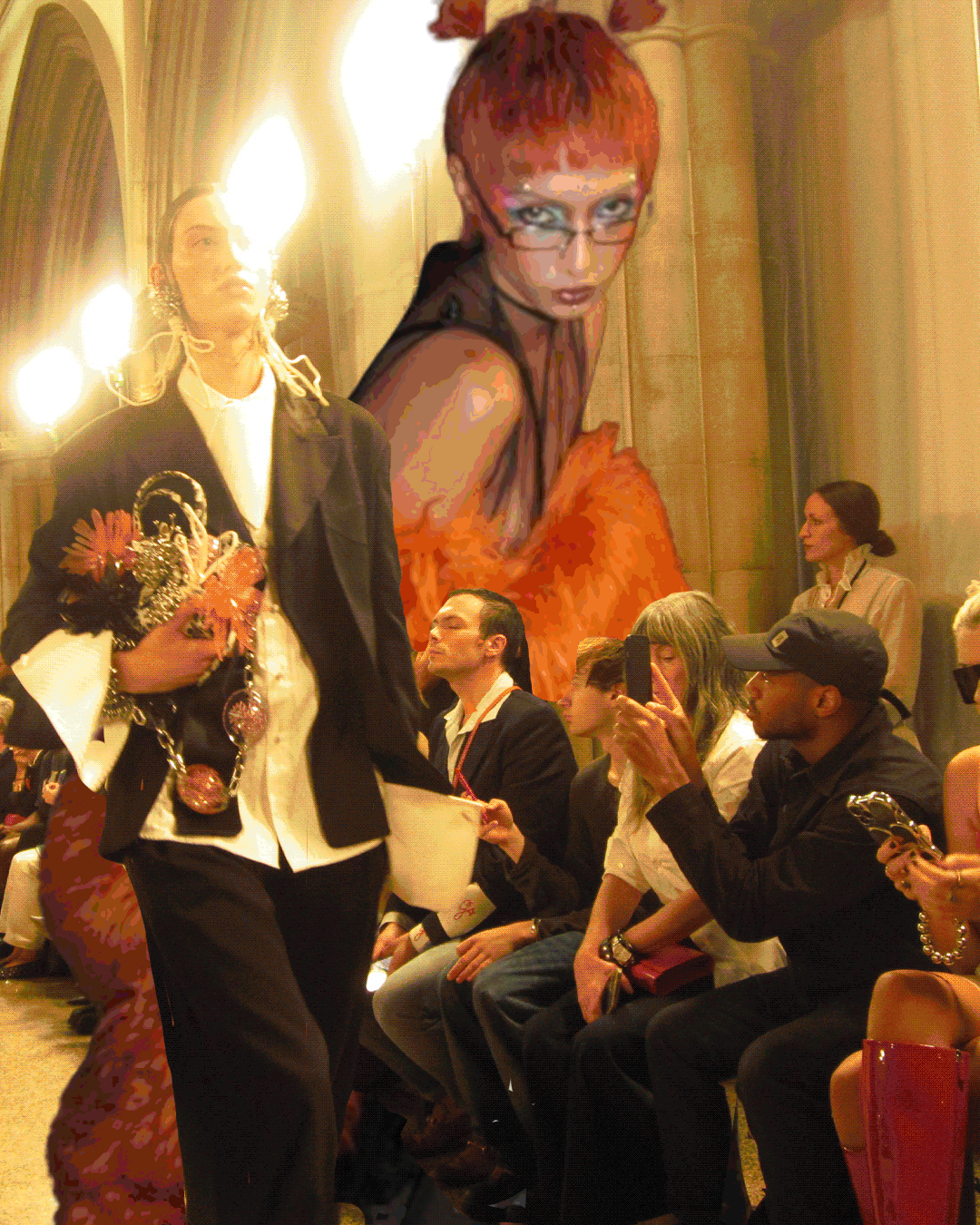FASHION 87 : Prices Shoot Upward Along With Hemlines
- Share via
PARIS — News of the Wall Street dive and of sluggish U.S. retail sales make this week’s fashion shenanigans in Paris seem even more surreal. Costs and hemlines here are at such highs that even hardened veterans on the scene are surprised.
When asked what impressed him most about the French clothes for spring, long-time Beverly Hills retailer Herb Fink simply replied, “The prices.” They are about 20% higher this season than last and they were considered dangerously high back then.
A New York store executive, who asked not to be named, assessed the hemline hike by saying French designers are “tweaking women’s noses” with their excessively short skirts. Moderately short skirts will sell, she explained, but extremely short ones are appropriate only for teen-agers, who certainly can’t afford French labels.
Among the tweakers this season is Karl Lagerfeld for Chanel. His spring look includes tiny white cheerleader skirts beneath further revised versions of the once-classic Chanel jackets, some of which now have scooped-out necklines.
His other inspirations include short, bias-cut skirts that wrap at front or back, striped pants sets styled exactly like men’s pajamas--the model carried a pillow on stage to make the point--and for evening, toreador pants, tap pants or miniskirts all of black lace. These sometimes were shown with black T-shirts.
Lagerfeld has the savvy to offer some longer styles, a few of which even hit mid-calf. There were enough classically simple styles in the collection to keep Chanel fans shopping throughout the season. There are some bright colors (pink, blue, yellow) along with navy, black and white.
After all this, Valentino’s show seemed such a return to sanity that the audience stood and applauded as if it had seen an artist in a great concert-hall performance.
In a season with too much razzle-dazzle, Valentino’s subtly printed, sheer dresses topped by impeccably tailored, loose jackets looked like credible purchases for women who actually work in an office and then go out to dinner. His crisp navy suits and dresses with jackets are gently shaped to flatter the body rather than shock it into submission. Pleats, frills, ruffles, bright pastel colors, high waistlines and all the other trademarks of the season are used with great discretion here.
In short, these are clothes retailers think they can sell.
A lot of retailers won’t get the chance, however. They weren’t even allowed to see the show, because the rules of the European buying game are Byzantine, and not everyone can play. Even if your name tag reads Neiman Marcus or Bullocks Wilshire, the militia at the door will not let you in unless your name is on what is generally referred to as la liste .
The scenario goes something like this: Store VPs only attend shows if they have agreed--in advance and in writing--to purchase a certain non-negotiable amount from the designer’s house. Once the store has agreed, an allotment of fashion show tickets arrive in the mail. If the store hates what it eventually sees on the runway, too bad. It has to buy the collection anyway.
Share of Merchandise
This is not as bad an arrangement as it may sound. It protects designers from going broke if they have a bad creative season. It guarantees that stores will get their share of merchandise if a collection is brilliant and every other store in town suddenly wants to buy it.
But some U.S. retailers here are saying, in private, that they’ve been taking too many markdowns on European clothes in recent seasons. They’re hoping consumers will like spring offerings well enough to buy them at full price.
One West Coast buyer, who asked to remain anonymous, said her boss reassured her just before she left for Paris that he was resigned to all the markdowns. “He said we will keep buying in Europe because these clothes are essential for the fashion image of our store.”






